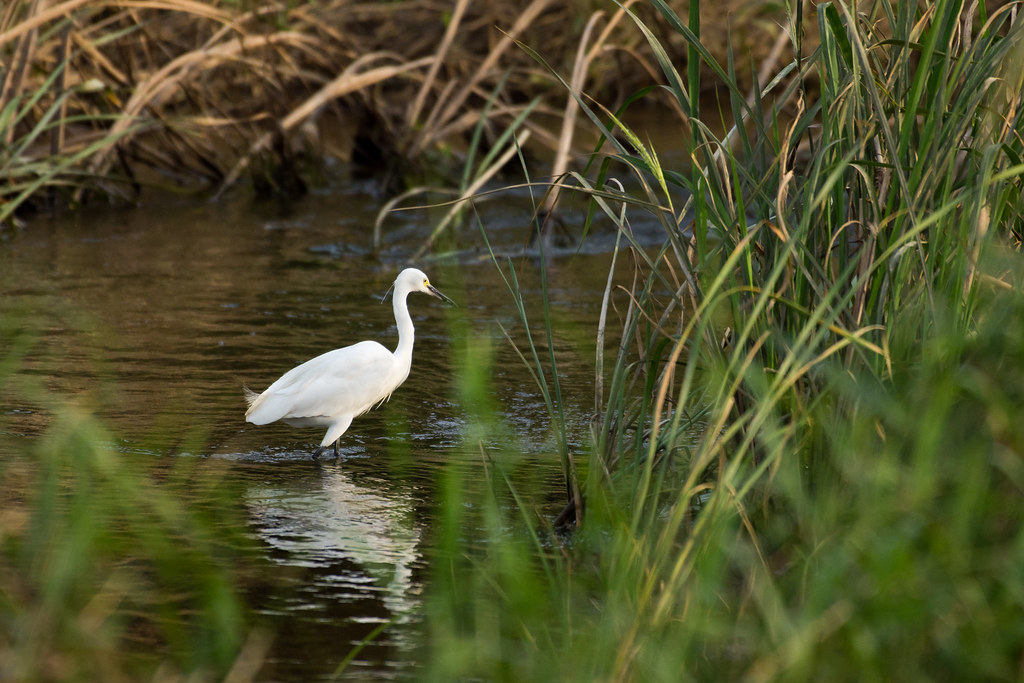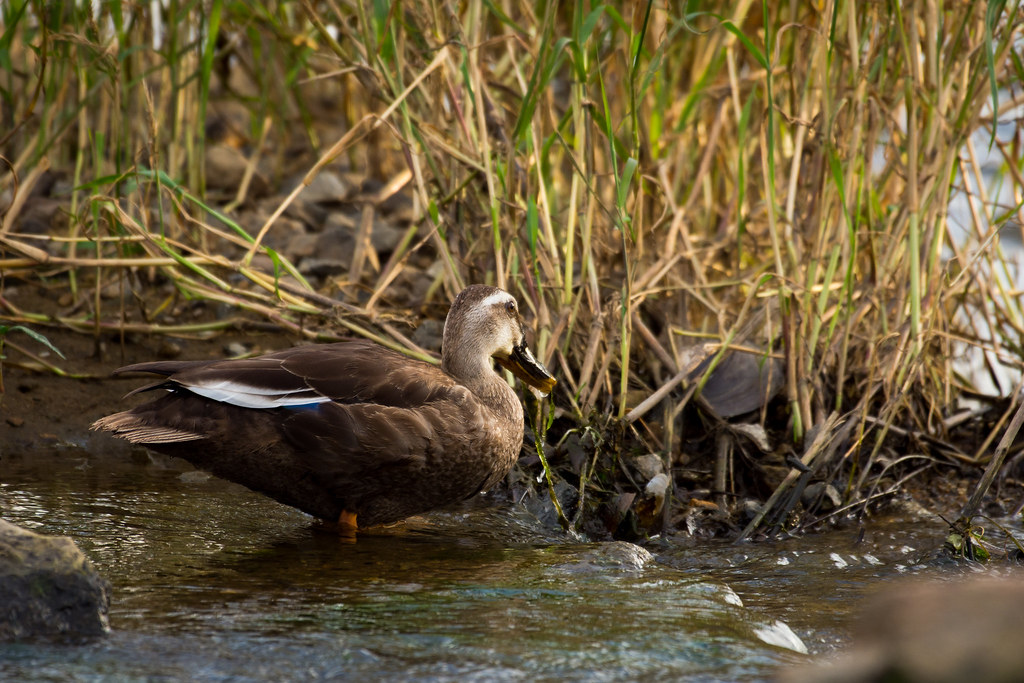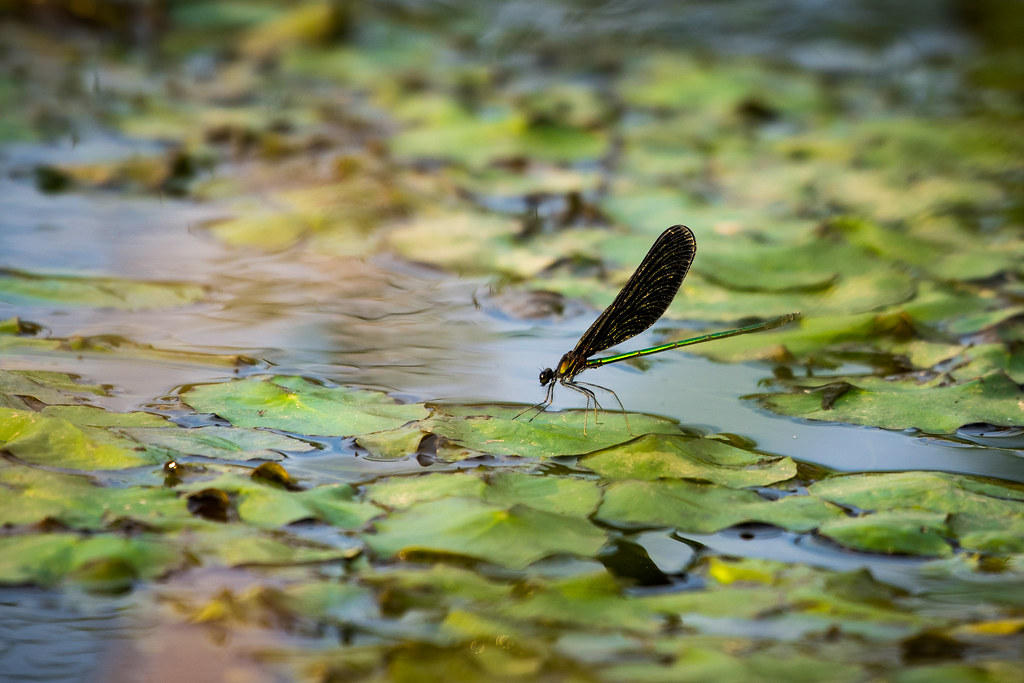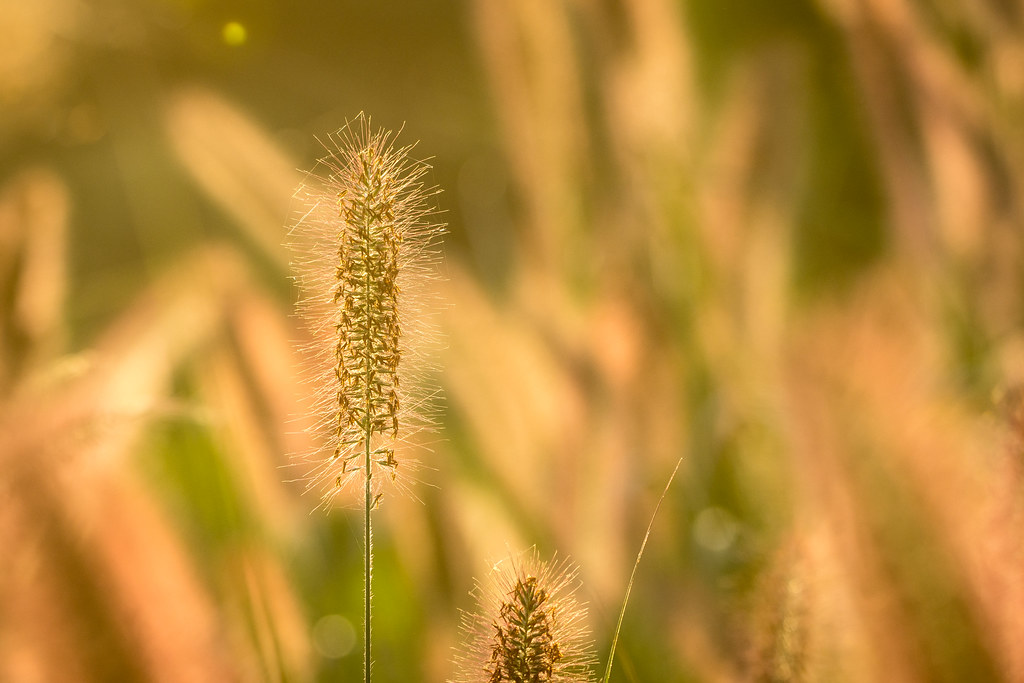gckless
No longer a newbie, moving up!
- Joined
- Dec 22, 2014
- Messages
- 325
- Reaction score
- 72
- Location
- South Korea
- Can others edit my Photos
- Photos OK to edit
- Thread Starter 🔹
- #16
I thought thee looked about as good as a top-level APS-C camera could do at those types of distances, at the variuous ISO levels; I can see a loss of acutance at ISO 640 as opposed to the ISO 200 shots; that is going to be noticeable on APS-C OR on FX...but the ISO 640 will look a bit worse on APS-C than on a modern, hiogh-0MP FX Nikon like a D750 or D820.
But, really, I think for SOOC JPEG these are good. I would wager you could get a sliught bit crisper images if you would shoot in .NEF mode, and the carefully convert the NEF files to JPEGS...as good as modern cameras are, most have a slightly less-than-ideal image when shooting in SOOC JPEG mode as opposed to raw image mode.
A single-length 500mm lens would likely do better than the zoom, but still: the biggest issue is HOW FAR away the birds are in most of these: you really want to be closer to the subjects in order toget a bigger bird image in-camera.
Yeah, ISO performance isn't spectacular on this. It's not terrible, awesome compared to even a few years ago, but there are still limits. I really can't decide if I want to upgrade to FX; much better ISO performance when I need it, but then there's the distance issue made worse. Can't win! That's a long-standing personal debate, that's a whole separate thread lol.
I always shoot JPEG+RAW. I am going to see what I can do with the images in post, but I figured I'd post the SOOC images to give a better idea of what I was seeing. Maybe that wasn't the right move. But I also wanted to ask the question, and didn't have as much time to process them. One or two of them might be worth saving, I kinda like that shot of the ducks.
But I hear ya, and pretty much what I was expecting, I'm just too far.
Just gotta focus on practicing and capturing better moments.
This is always going to make the biggest difference. Learn what the habits are of the birds in your area. Where they nest, eat and at what time. Find locations that you can get to, where you can get close enough without spooking them.
Sometimes luck is your friend but only persistence and a willingness to learn will get you constantly good shots.
Yep, absolutely. I know these aren't good shots by any measure. And that's fine, can't expect that my first time out. I have much to learn.
Don't take my comments as saying that the only way to get good bird photos is with a pro body and a 600mm zoom that is fast. This is a genre where your equipment matters tremendously. But if you've got a D7200 and a 200mm zoom, then you have to stack the deck in your favor.
1. Think about a hide (so birds get closer).
2. Do a lot of scouting to find ideal spots...not just spots where birds feed or nest but ideal spots for good light or where you might be able to get close. And maybe give up shooting in low light situations.
3. Think about setting up a tripod and then triggering the shutter wirelessly from 50 feet away.
4. Recognize you've got a smaller window to play with: you can't jack up ISO without a lot of noise on the D7200, you don't have a fast ultra zoom. So you may want to shoot only in really strong light (so you don't have to go with ISO 3200 or 6400) in order to get a fast shutter speed. Or use a teleconverter (recognizing that this will mean you'll be too slow to capture good shots in flight) but will be able to fill the frame with your subject.
All of these are frustrating b/c they demand more patience than this genre typically calls for and you'll likely have a higher percentage of rejects than if you were shooting with a better body and lens. What you're having to do is compensate for your equipment limitations by planning, patience, and utilizing what options you do have creatively.
Good tips. I know what you meant, I need to find ways to get around my limitations. I guess that will make me better in the end though. Or that's what I'm going to tell myself lol.

 DSC_3217
DSC_3217 Hole in Your Bill?
Hole in Your Bill? Damselfly
Damselfly DSC_3273
DSC_3273











